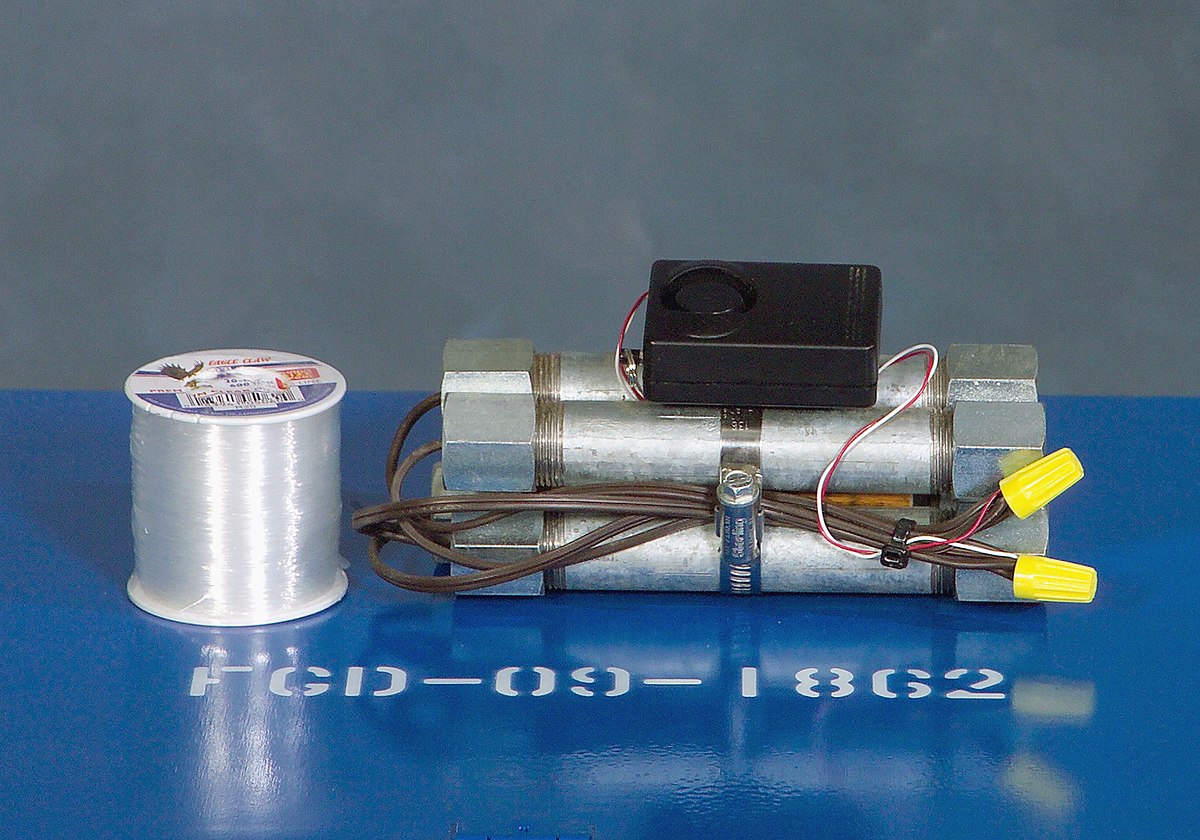
Nearly 3,000 improvised explosive device (IED) incidents occurred in the United States in 2017, killing 10 people and wounding dozens. The clear and present threat of homemade explosives (HMEs) continues to evolve in the United States as the nation’s enemies constantly adapt to the state-of-the-art in explosives detection with stealthier, deadlier tactics. To keep the nation ahead of emerging threats, the Department of Homeland Security (DHS) Science and Technology Directorate (S&T) takes on rigorous explosives threat detection research through its various dedicated labs and projects.
“Screening at checkpoints is a top priority for Congress and the Department. These labs support this activity and the wider DHS mission by rapidly delivering explosives data, helping us better prepare for any future threats that may arise,” said William N. Bryan, Senior Official Performing the Duties of the Under Secretary for DHS S&T.
The Tyndall Reactive Materials Group (TRMG), located in Panama City, Florida, and the recently launched Detection Technology Center (DTC), located in Huntsville, Alabama, are two test facilities operated by S&T in support of transportation security equipment (TSE) used by the Transportation Security Administration (TSA) and other DHS components. A third facility, S&T’s Transportation Security Laboratory (TSL), located in Atlantic City, New Jersey, is responsible for certifying the equipment tested at TRMG and DTC.
“DHS S&T uses data collected at those labs to inform and develop mitigation strategies and strengthen our detection and response capabilities in order to stop an attack,” said Elizabeth Obregon, DHS S&T Homemade Explosives Program Manager.
“The information generated from these facilities ensures screening equipment is attuned to detect threats before they can create tragedy, and the folks operating at these labs work tirelessly to keep families safe.” Obregon concluded. S&T works closely with the Department of Energy’s Lawrence Livermore National Laboratory to analyze laboratory data for TSA.
Each S&T laboratory plays an important role in preventing and responding to explosives threats—not just around the nation but also throughout the world. S&T began the testing and evaluation of screening technology after the London mass transit system attacks of 2005. Fifty-six people died in those events, prompting DHS S&T to collect HME data that would later be used by an HME Rapid Response Team to characterize explosive threats against transit systems and develop countermeasures.
Further terrorist activity highlighted significant vulnerabilities to aviation security. For example, a failed attempt to bring down 10 commercial transatlantic flights using a liquid HME highlighted the need to greatly improve the detection of explosives prior to boarding. Since that time, S&T capabilities have matured and grown to meet threats.
Today, the TRMG is comprised of 17 personnel including chemists, imaging experts, and a small cadre of explosives detection technicians. Together, they form a highly capable team that works hard to keep the flying public safe.
Launched in February 2018, the DTC is a collaborative function between S&T and the FBI Terrorist Explosive Device Analytical Center (TEDAC). The DTC significantly augments S&T’s ability to study explosive threats and countermeasures in an aviation security environment.
Focused on improvised explosive exploitation, the DTC is uniquely positioned to benefit from the sharing of FBI generated forensic and intelligence information allowing for more efficient access to sensitive data.
“The DHS and FBI partnership creates an effective capability, using the strengths of both to address threats that doesn’t exist completely in either,” DHS Test Center Program Manager Jose Reyes explained. Overall, the proximity to TEDAC allows for additional efficiency from both S&T and the FBI, since they can both tackle their respective areas of expertise.
Both the TRMG and DTC have four core competencies vital to countering threats to American transportation. These include explosives characterization, synthesis, data collection, and explosive range operations.
Explosives characterization forms the backbone of the R&D work and consists of analyzing properties related to safety, stability, purity, physical properties, and chemical signatures of explosives. Synthesis is used to get a better understanding of the chemical makeup of an explosive and the data collection puts the information gathered into a format that is usable for law enforcement and security professionals at TSA.
“We work to distribute data across all operational components that can use the information to keep American citizens safe,” Obregon explained, “These facilities turn data into tactically relevant information that can be immediately deployed for security enhancements when needed.”
Explosives range operations are vital to understanding the detonation properties of bulk explosives that can be used to predict the damage and lethality potential of improvised explosive devices (IEDs).
The TRMG provides rapid response for data that can immediately help mitigate a wide range of emerging explosive threats such as car bombs or suicide vests. The group also serves to enhance the work done at the TSL for certification efforts of explosives detection system improvements.
Taken together, these test and evaluation laboratories perform an immeasurable service. They ensure the United States is protected against the latest threats devised by its enemies. Boarding a flight or a train, travelers are safer because of the ongoing research at the TSL, DTC, and TRMG.

